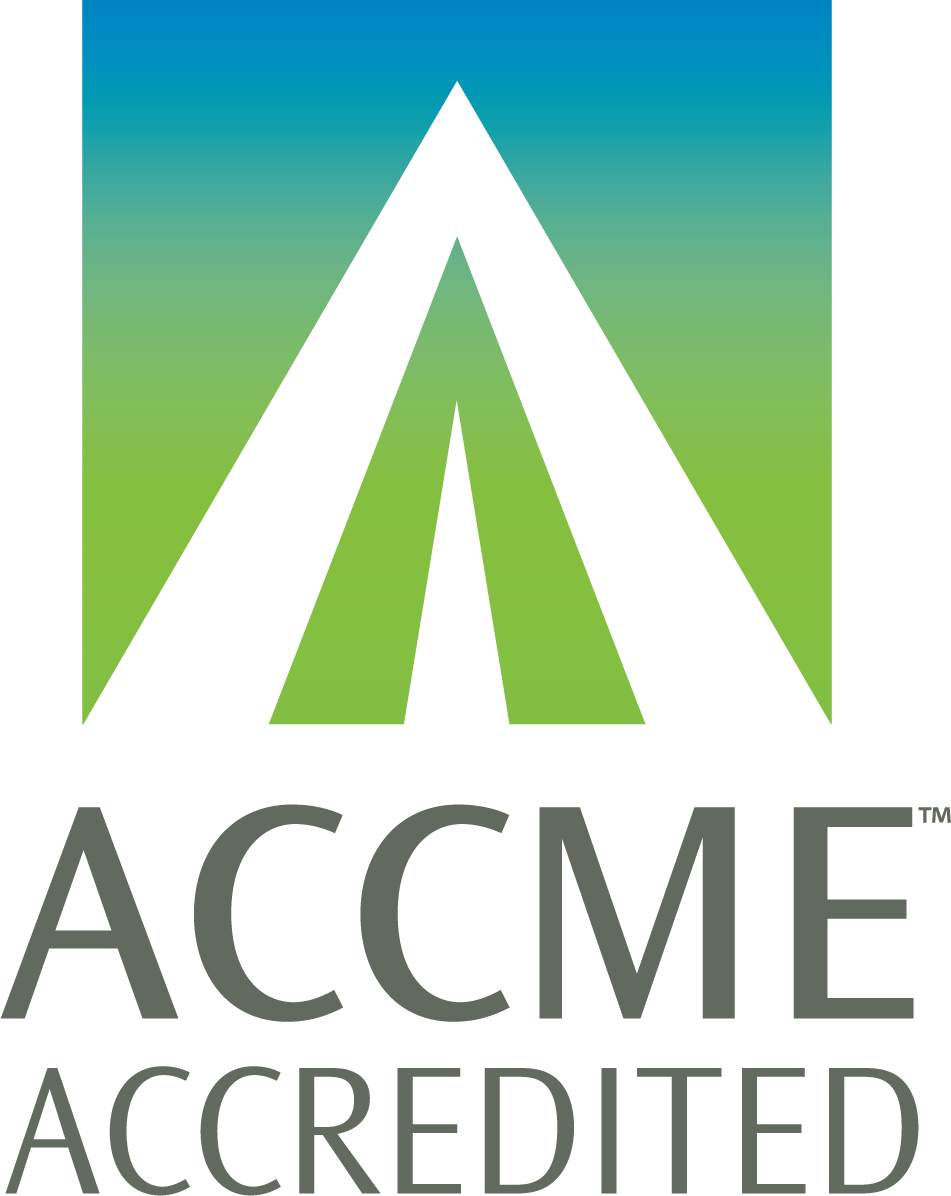 Video Courses
Video Courses Video Courses
Video Courses
The ability to determine the cardiac axis on the ECG is an important clinical skill. In this course, we will explain the meaning of the term cardiac axis. We will teach you a simple method (the hexaxial method) for determining the cardiac axis on the ECG. We will explain how pathology affecting the heart results in axis deviation on the ECG. We define the terms left axis deviation and right axis deviation. We teach you the differential diagnosis of axis deviation detected on the ECG.
Planner and Author: Dr John Seery MB PhD
Planner: Dr Karen Strahan PhD (University of Cambridge), Head of Editorial
Planner: Tommy O'Sullivan, CME Manager
2.0 hours
Upon successful completion of this activity, you will be able to:
30-JUL-2023
30-JUL-2026
Participants must complete the online activity during the valid period as noted above.
Follow these steps:
Acadoodle adheres to the ACCME's Standards for Integrity and Independence in Accredited Continuing Education. Any individuals in a position to control the content of a CE activity, including faculty, planners, reviewers or others are required to disclose all relevant financial relationships with ineligible entities (commercial interests). All relevant conflicts of interest have been mitigated prior to the commencement of the activity.
Planners and faculty for this activity have no relevant financial relationships with commercial interests to disclose.
Ferrer MI. The Significance of Axis Deviation. Chest. 1972;61:2-3.
https://journal.chestnet.org/article/S0012-3692(15)35394-0/pdf
Baltazar RF. (2009) Basic and Bedside Electrocardiography. Lippincott Williams & Wilkins
Finding the components of a vector. Zona Land Education. Zonalandeducation.com
http://zonalandeducation.com/mstm/physics/mechanics/vectors/findingComponents/findingComponents.htm
Grant RP. Left Axis Deviation. Circulation. 1956;14:233-49.
https://www.ahajournals.org/doi/pdf/10.1161/01.CIR.14.2.233
Surawicz B et al. AHA/ACCF/HRS Recommendations for the Standardization and Interpretation of the Electrocardiogram. Part III. Intraventricular Conduction Disturbances: A Scientific Statement from the American Heart Association Electrocardiography and Arrhythmias Committee, Council on Clinical Cardiology; the American College of Cardiology Foundation; and the Heart Rhythm Society: Endorsed by the International Society for Computerized Electrocardiology. Circulation. 2009;119(10):e235-e240.
https://www.ahajournals.org/doi/epub/10.1161/CIRCULATIONAHA.108.191095
Butterworth JS and Thorpe JJ. On Evaluating the Einthoven Triangle Theory. Circulation. 1951:3:923-5.
https://www.ahajournals.org/doi/pdf/10.1161/01.CIR.3.6.923
Gargiula GD et al. The Einthoven Triangle: A Critical Analysis of the Single Rotating Dipole Hypothesis. Sensors (Basel). 2018;18(7):2353-67.
https://www.ncbi.nlm.nih.gov/pmc/articles/PMC6068749/
Benjamin EJ. A Simple device to illustrate an Einthoven triangle. Adv Physiol Educ. 2012;36(4):319-24.
https://www.ncbi.nlm.nih.gov/pmc/articles/PMC3776430/

Acadoodle, Ltd is accredited by the Accreditation Council for Continuing Medical Education (ACCME) to provide continuing medical education for physicians.
Acadoodle, Ltd designates this enduring material activity for a maximum of 2.0 AMA PRA Category 1 Credits™. Physicians should claim only the credit commensurate with the extent of their participation in the activity.
DisclaimerPrivacy PolicyTerms of UseData Deletion© Acadoodle 2025